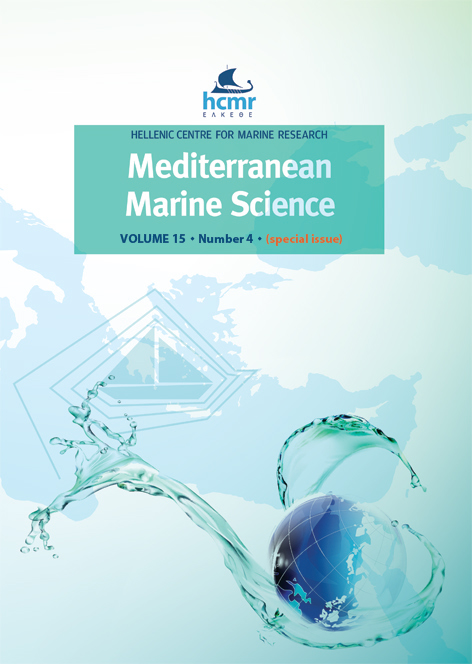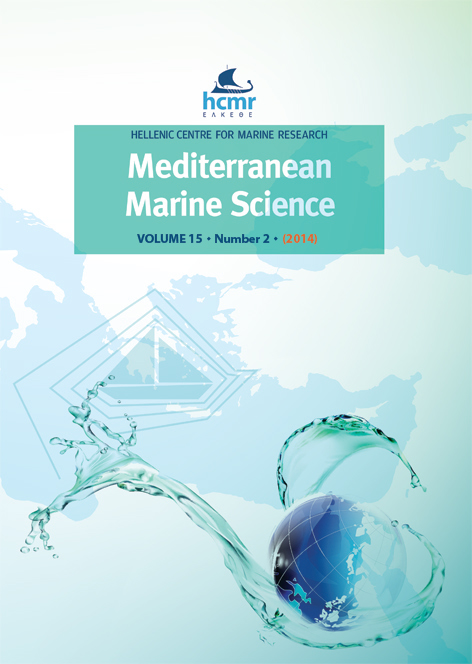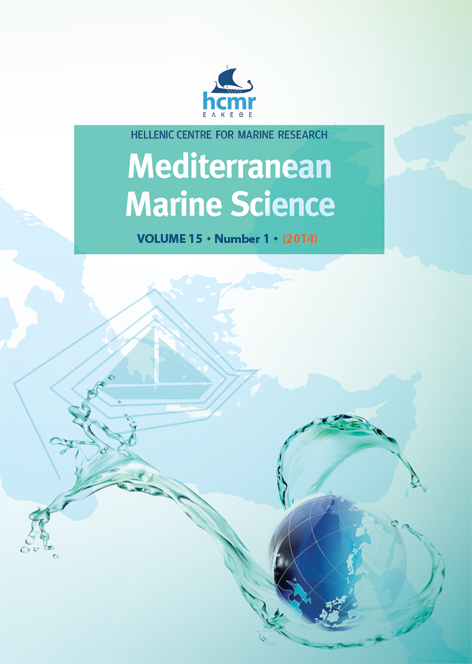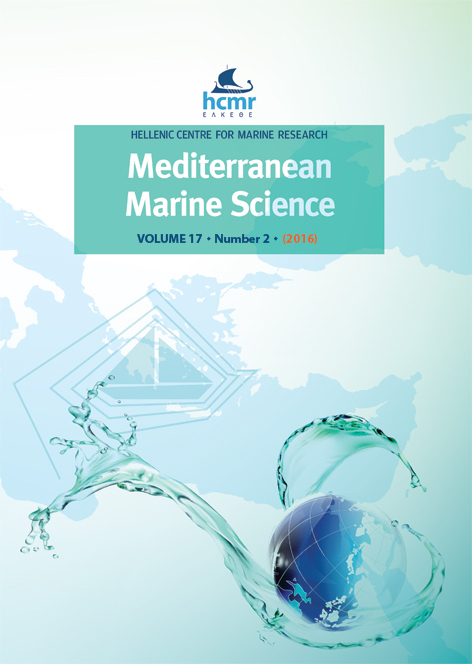Daily otolith growth and ontogenetic geochemical signatures of age-0 anchovy (Engraulis encrasicolus) in the Gulf of Cádiz (SW Spain).

Abstract
The European anchovy fishery in the Gulf of Cádiz (ICES Division IXa South) is largely influenced by age-0 individuals. Knowledge of young of the year growth dynamics is crucial for management, yet data on daily growth are lacking in the area. Linking growth patterns to the environment requires information on habitat occupancy through ontogeny of the fish that reach the fishery, as anchovy use different areas of the Gulf and the Guadalquivir Estuary through development. We describe the growth dynamics of age-0 anchovy through otolith microstructure analysis, and couple these data with data on microchemical signals in the otoliths to shed light into habitat use and growth dynamics in the area. Age-0 anchovy captured in September, 2011 in the Gulf ranged from 3 to 6 months old for similar sizes, with average growth rates varying twofold. Individual non-linear growth curves showed that maximum otolith growth was positively correlated with the date of spawning, which in turn was negatively correlated with the time to reach maximum growth. There was no correlation between growth parameters and body length or condition (Fulton K) at capture. The strontium:calcium (Sr/Ca) and magnesium:calcium (Mg/Ca) ratios were significantly lower at the edge of the otolith (approximately the age of capture) than at ages corresponding to larval and early juveniles (<60 days old), but values fell within typical estuarine-dwelling species. The barium:calcium ratio (Ba/Ca) increased significantly in the edge of the otolith, which possibly resulted from residency in highly productive coastal waters or from ontogenetic effects. The variance in otolith elemental ratios was larger at otolith back-calculated ages around 50 days old, age which coincides with the presumed closer dependence of estuarine waters. Our data are a first step towards understanding the contribution of the estuarine system to the fishery of anchovy in the Gulf. The limitations of the approach and future steps are discussed.
Article Details
- How to Cite
-
CATALÁN, I. A., PÉREZ-MAYOL, S., ÁLVAREZ, I., RUIZ, J., PALMER, M., BALDÓ, F., PELIZ, Á., & MORALES-NIN, B. (2014). Daily otolith growth and ontogenetic geochemical signatures of age-0 anchovy (Engraulis encrasicolus) in the Gulf of Cádiz (SW Spain). Mediterranean Marine Science, 15(4), 781–789. https://doi.org/10.12681/mms.819
- Section
- Special Issue MEDIAS
Authors who publish with this journal agree to the following terms:
- Authors retain copyright and grant the journal right of first publication with the work simultaneously licensed under a Creative Commons Attribution Non-Commercial License that allows others to share the work with an acknowledgement of the work's authorship and initial publication in this journal.
- Authors are able to enter into separate, additional contractual arrangements for the non-exclusive distribution of the journal's published version of the work (e.g. post it to an institutional repository or publish it in a book), with an acknowledgement of its initial publication in this journal.
- Authors are permitted and encouraged to post their work online (preferably in institutional repositories or on their website) prior to and during the submission process, as it can lead to productive exchanges, as well as earlier and greater citation of published work (See The Effect of Open Access).







